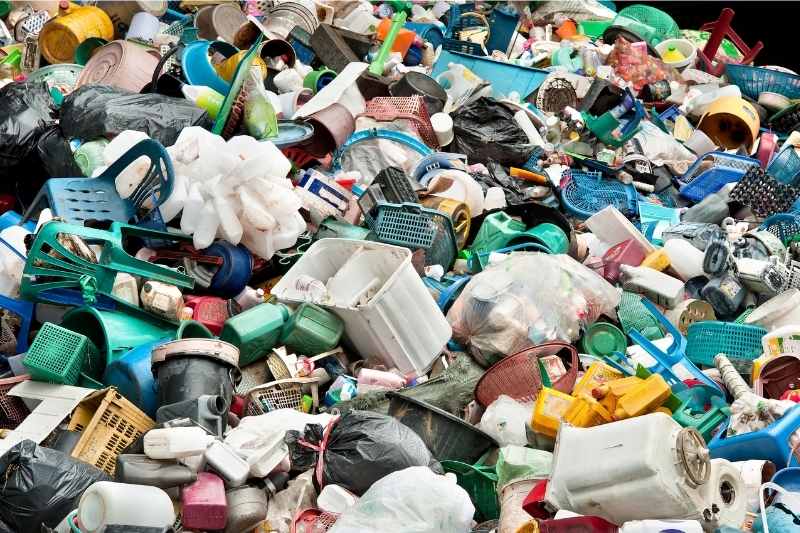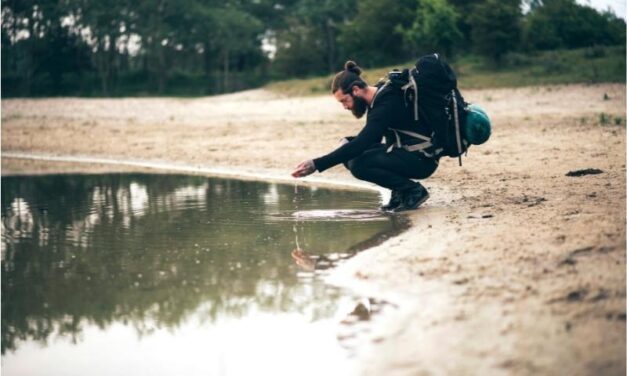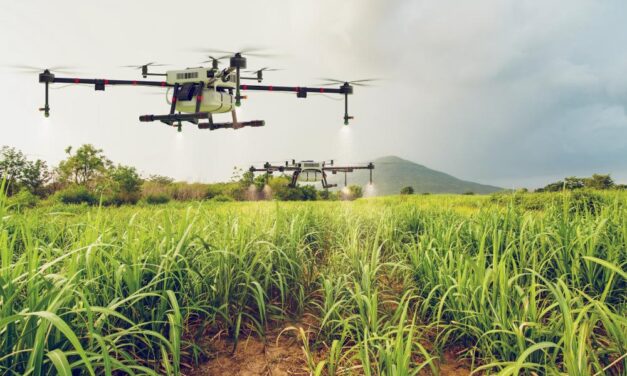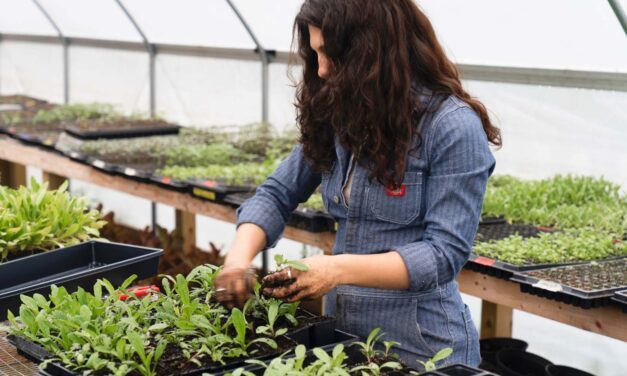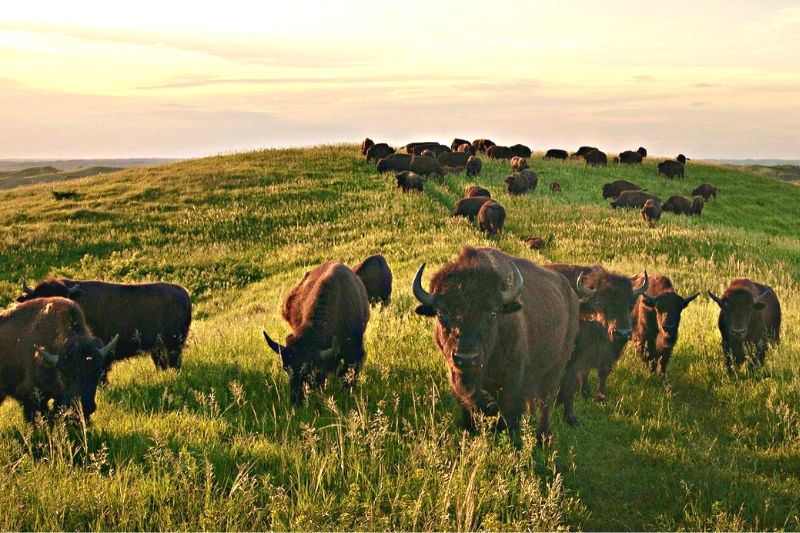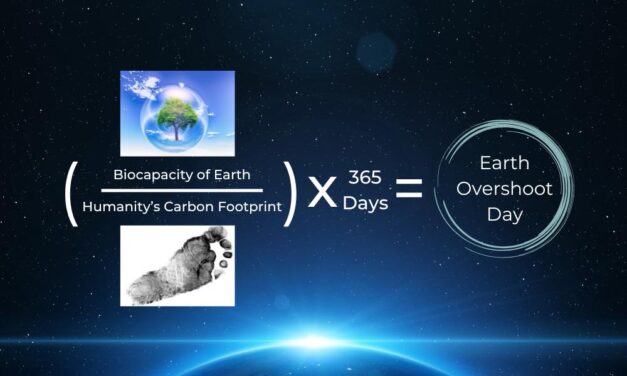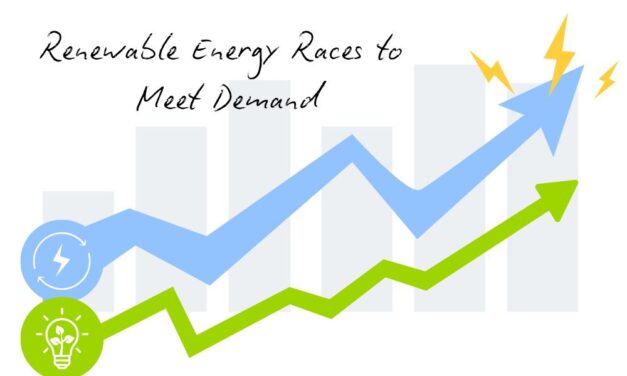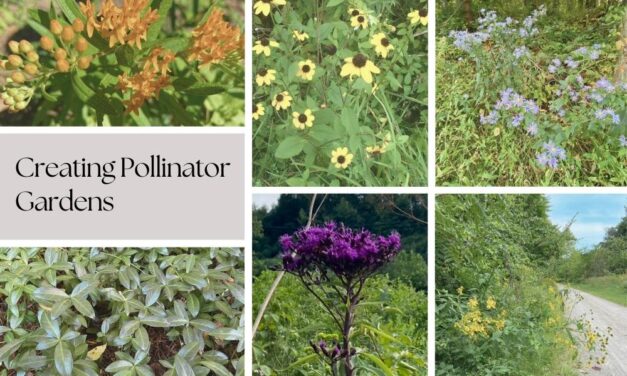Category: Protect the Planet
Join OPL’s Plastic Free July Challenge and Break Free from Plastic’s Grip
Plastic is pervasive and never decomposes. This month, join OPL’s Plastic Free July challenge and break free from your plastic dependency.
Read MoreUnderstanding Water Quality Through Aquatic Macroinvertebrates
Aquatic macroinvertebrates signal to us the quality of our waterways. They play a large part in our freshwater ecosystem.
Read MoreThe Hidden Water Footprint of Everyday Items
Become a more water-conscious consumer by understanding the hidden water footprint lurking behind common household products.
Read MoreThe Truth About Our Environmental and Humanitarian Water Crisis
Water sustains all life, yet we take it for granted. Learn how water demands are creating an environmental and humanitarian water crisis.
Read MoreTackling the Food Emissions Crisis
One Planet Life shares Project Drawdown’s webinar on food emissions. Changing the way we handle food waste is a critical climate solution.
Read MoreLearn About the Crucial Pillars of a Sustainable Food System
Regenerative farming and the support of local agriculture have emerged as crucial pillars of a more sustainable and resilient food system.
Read MoreProtecting Biodiversity Around the World
Discover why protecting biodiversity and promoting climate resilience are so important. Then learn more about climate corridors near you!
Read MoreEarth Overshoot Day: What It Is and Why It Matters
Earth Overshoot Day is an estimation of the day in which humans exceed their annual ecological budget. Let’s work together to #MoveTheDate.
Read MoreRenewable Energy Transitions Race to Meet Increasing Demands
America’s renewable energy transition projects are straining to meet rapidly rising energy demands. Discover more about our energy landscape.
Read MoreJoyful Signs of Spring in the Forest
In the northeast, mid-Atlantic spring has sprung, and telltale signs of spring are revealing themselves everywhere.
Read MoreCreating Pollinator Gardens with Native Plants
Creating a pollinator garden is a great way to balance the natural biodiversity of your backyard and offer a safe haven for local wildlife.
Read MoreIt’s Spring! Time to Get Outside and Explore
Spring is in the air! Get outside and revel in the sights and sounds of nature stirring back to life after a long winter.
Read More
Recent Posts
-

-
 Decadent Chocolate and Strawberry TartJul 1, 2025
Decadent Chocolate and Strawberry TartJul 1, 2025 -
 Creamy Banana “Nice Cream”Jul 1, 2025
Creamy Banana “Nice Cream”Jul 1, 2025 -
 Deliciously Vibrant Veggie Pizza For SharingJul 1, 2025
Deliciously Vibrant Veggie Pizza For SharingJul 1, 2025 -
 Hawaiian-style Fried RiceJul 1, 2025
Hawaiian-style Fried RiceJul 1, 2025

